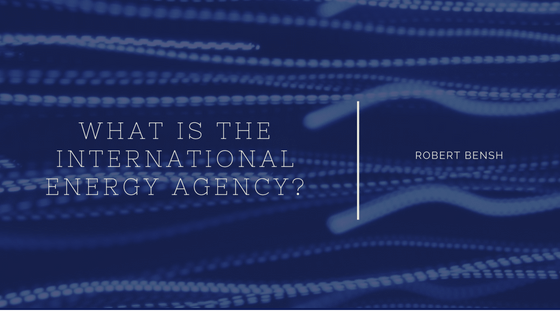What is the IEA?
The International Energy Agency, created in 1974, is a free-standing body within the OECD – the Organizations for Economic Co-operation and Development – that is made up of 30 member states. This organization strives to protect member countries from experiencing energy-related catastrophe. They were founded on far more than preventative measures, however. The IEA was the direct result of the 1973 oil crisis.
The 1973 Oil Crisis
In a world full of unrest, countries dole out their punishment in direct, combat-centered ways like war, but also in indirect, financially-crippling ways that directly affect trade and commerce. Tariffs, or taxes on imports and exports between sovereign states, are one such example of indirect punishment.
1973 saw massive international conflict. The Yom Kippur (or October) War took center stage as it pitted oil-supplying countries against oil-receiving countries. Specifically, the Organization of Arab Petroleum Exporting Countries (OAPEC) imposed far more than tariffs on nations choosing to support Israel in the conflict like the United States, United Kingdom, the Netherlands, Japan, and Canada. They enacted an embargo preventing these oil-dependent countries from receiving the product. It is for this reason that the IEA was created in 1974, just one year later.
Today, the International Energy Agency works in four main areas: energy security, environmental awareness, economic development, and worldwide engagement.
How Does The IEA Work?
The IEA consists of 30 member nations, each having met a strict list of qualifying criteria to join. Each country sends delegates to participate in the Governing Board, which is the main decision-making body of the group. This board meets three to four times per year to discuss any burgeoning issues developing in the energy sectors. Any decisions made by the Board are binding to member countries.
In addition to the Governing Board, the International Energy Agency also consists of Standing Groups and Committees and several other affiliated groups to help address specialty topics like emergencies, research, and long-term operation. The agency operates under the budget and confines of the Organization for Economic Cooperation and Development (OECD). Strategic priorities of the agency are set by high-level Ministerial meetings every two years.

